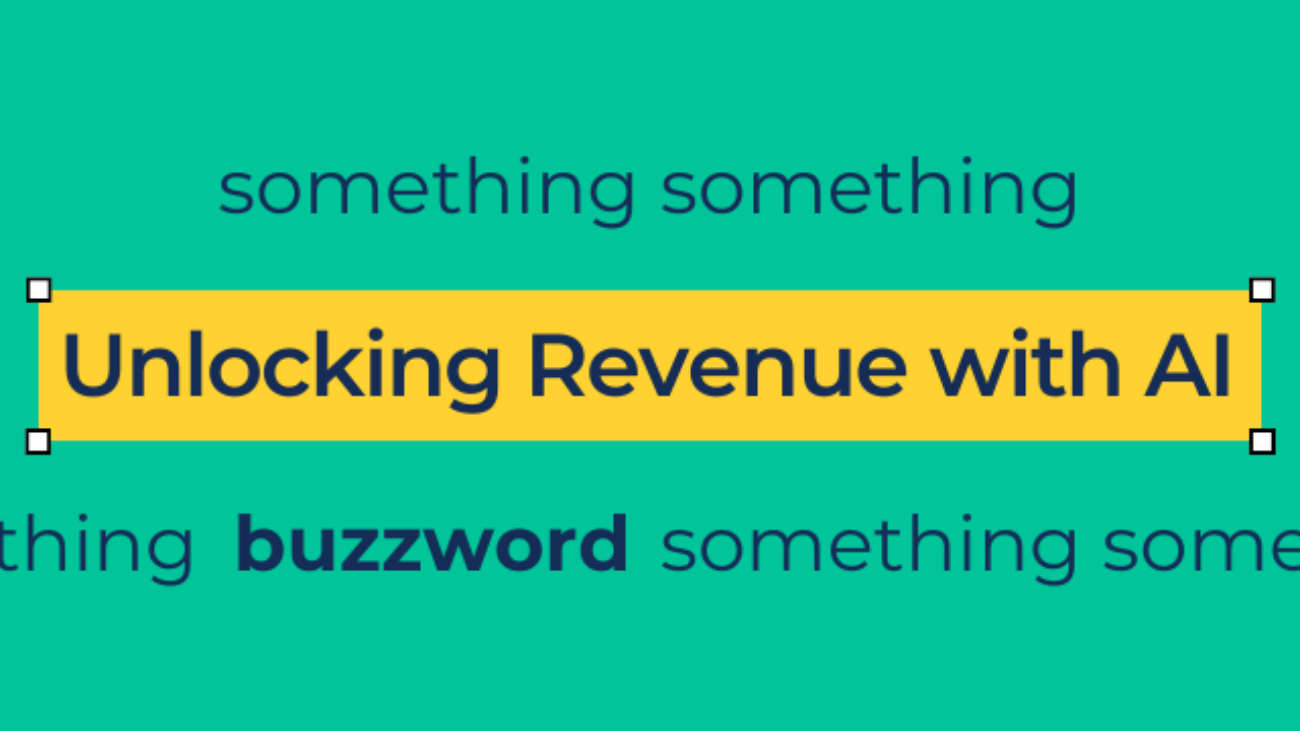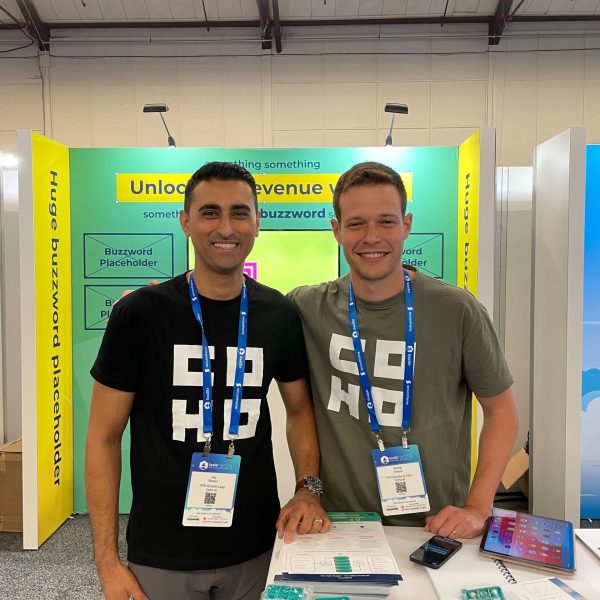Introduction
Customer segmentation continues to be a cornerstone strategy for businesses, providing invaluable insights for targeted engagement and product development. Initially limited to optimizing marketing campaigns, segmentation has expanded its horizons, now playing a crucial role in enhancing user experience and guiding product development. But what exactly does the future hold for customer segmentation, especially with advancements in AI? This article will explore the dual purpose of customer segmentation, its future trajectory with AI, and delve into the types of segments commonly used in the industry.
Let’s dive into how customer segmentation serves dual purposes: improving user experience and making products better. Along the way, we’ll see how AI is revolutionizing the field and go over the different types of customer segments out there.

What is Customer Segmentation?
Customer segmentation is the practice of dividing a company’s customer base into specific groups based on various attributes like demographics, psychographics, and behavioral patterns. By doing this, businesses aim to allocate resources more efficiently, target marketing campaigns, and provide personalized experiences.
The Dual Purpose of Customer Segmentation
Traditionally a cornerstone for marketing efforts, customer segmentation now serves a dual function:
- Understanding User Interactions: Businesses today are increasingly interested in how users interact with their products. Metrics like frequency of usage, feature interaction, and time spent on the platform provide valuable insights and can help improve customer retention
- Delivering Unique Experiences: Identifying different customer segments enables companies to offer tailored user experiences. This could manifest as personalized recommendations, customer-specific offers, or even unique user interfaces.
Types of Segments
As the purpose of segmentation has diversified, so have the types of segments. Here are some common types:
- Demographic Segmentation: This is the most basic form, dividing customers by age, gender, income, etc.
- Psychographic Segmentation: This type considers psychological aspects like lifestyle, values, and attitudes.
- Behavioral Segmentation: Here, customers are segmented based on their behavior such as usage frequency, loyalty, and spending, which are key factors in improving customer retention
- Geographical Segmentation: This type focuses on location-based categorization.
- Temporal Segmentation: This newer form considers the time at which a customer interacts with a product, seasonal purchasing patterns, etc.
- Value-Based Segmentation: This focuses on the customer’s lifetime value, segregating high-value customers from low-value ones for targeted efforts.
The Future of Customer Segmentation: The Role of AI
Auto-Segmentation Through AI
One of the most exciting developments in the realm of customer segmentation is the application of AI for auto-segmentation. These algorithms can sift through extensive data sets, identifying patterns that might take human analysts months to spot. Machine Learning models can perform real-time analysis, flagging bottlenecks or pain points for immediate action, thus accelerating product development cycles.
Predictive Segmentation
Beyond just identifying existing patterns, AI algorithms can predict future changes within segments. This ability to forecast how customer behaviors and preferences will evolve enables businesses not only to adapt proactively but also to strategically improve customer retention
Advanced Types of Segmentation
AI’s computational power allows for more intricate segmentation types, such as sentiment analysis, real-time segmentation based on incoming data, and even predictive lifetime value segments. These nuanced categories can provide deeper insights into user interaction and facilitate hyper-personalized experiences.
Ethical Considerations
As AI takes on a larger role in customer segmentation, ethical considerations, particularly around data privacy and consent, will become increasingly significant. Businesses will need to ensure that their use of AI for segmentation complies with privacy regulations like GDPR, and that data is handled in a transparent and secure manner.
Conclusion
The future of customer segmentation is not just promising; it’s transformative. With the dual purpose of improving user experience and guiding product development, segmentation has become a multidimensional tool that, when powered by AI, has limitless potential. Advanced types of segments, real-time and predictive analysis, and ethical considerations are the key areas to watch out for. As we continue to move into an era of data-driven decision-making and personalized experiences, AI-powered customer segmentation will likely become a staple in business strategy, altering the way we understand and engage with consumers.
With these advancements, customer segmentation is set to become not just a business strategy, but a comprehensive tool for sustained competitive advantage.




